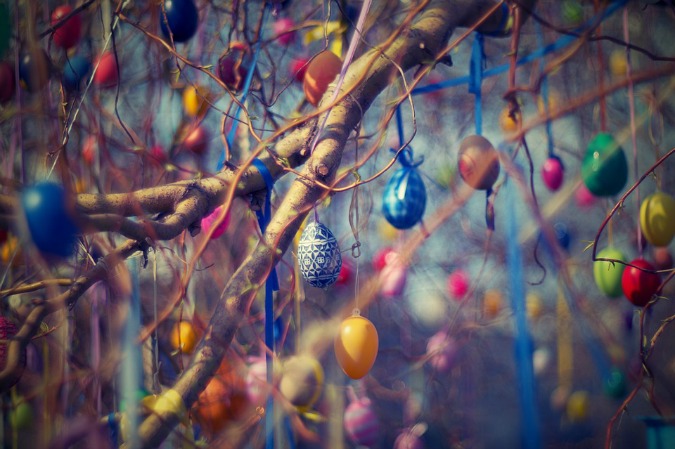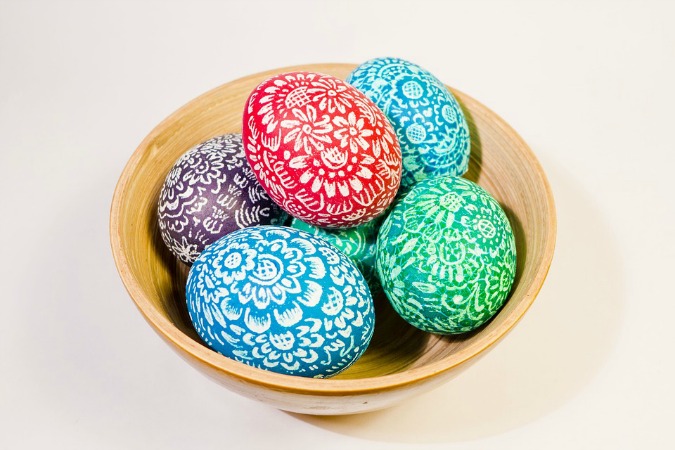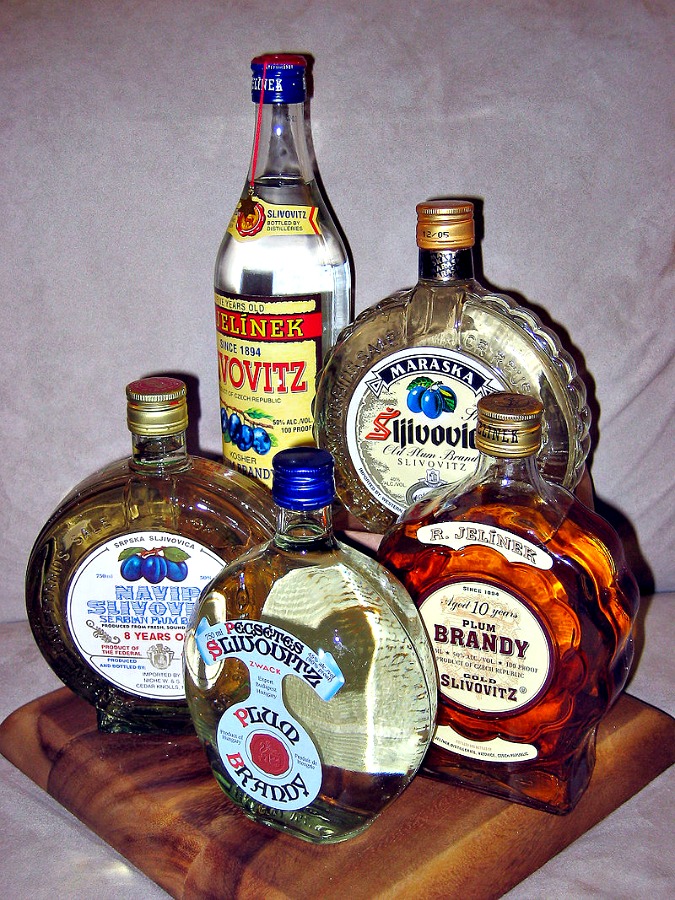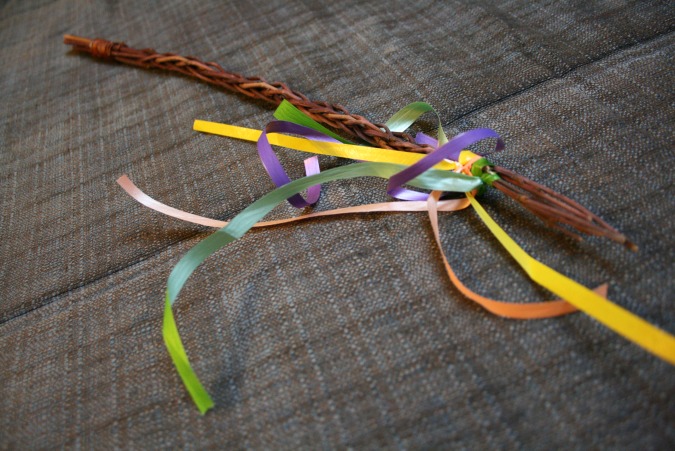A is for All Week Long: Czech Easter is a nearly week-long celebration that begins on Ugly Wednesday and continues through to the Easter Monday feast with numerous special days in between.
B is for Brunch: Easter brunch is quickly becoming a tradition in Prague with many hotels and restaurants offering special menus throughout the Easter weekend.
C is for Cantata: In Prague, the Bach Easter Cantata or mass at St. Nicholas cathedral commemorate the religious aspects of the holiday, forgotten under the communist regime when Easter was celebrated only as a rite of spring.
D is for Decorations: Aside from colored eggs and hand-made willow whips, Czechs also adorn trees and bushes with Easter regalia as part of a 19th-century European tradition originating in Germany and Austria.

E is for Eggs: In Moravia, especially, Easter eggs (vejce) are decorated by hand using a variety of stunning techniques including batik and wrapping in a fine decorative wire which have made them world-renowned.
F is for Fertility Rituals: From whipping women to dousing them in water to ensure fertility, this Czech holiday comes with a trigger warning…not for feminists!
G is for Good Friday: In Czech, Velký pátek, was not recognized as a national holiday under the communist regime, but it’s now officially back. Hello, four-day weekend.
H is for this traditional carol, sung by Czech children at Easter: Hody hody doprovody dejte vejce malovany Nedate-li malovany dejte aspon bily však Vam slepička snese jiny. (See what it means here.)

I is for Increased Security: Hard to believe, but last year in Prague, and this year again, police will be on high alert for over-zealous party people—yes, Czech Easter is that kind of holiday—and criminal activity.
J is for Judas March: A 16-century White Saturday custom, Vodění Jidáše sees one lucky guy get dressed up in a bale of hay and pointy hat, parading through the village followed by legions of children collecting candy.
K is for Kraslice: The most traditional technique for coloring eggs the Czech way, these gloriously hand-painted eggs are synonymous with the holiday.
L is for Lamb: Young meat is a staple of the Czech Easter menu including rabbit and goat. Lamb-shaped cake beránek is served for dessert.
 <br/ >Photo: www.pardubickekraj.cz
<br/ >Photo: www.pardubickekraj.cz
M is for Mazanec: This classic Czech yeast bread, baked with an egg wash and sprinkled with almonds, is similar to the hot-cross buns of Easter tradition served elsewhere.
N is for Nádivka: Easter would not be Easter without this Czech stuffing. Each year in Prague there is a competition devoted to the best one; nettles, spinach, and other herbs are added to symbolize spring rebirth.
O is for Onion Peels: Use them along with other vegetable peelings or dried leaves to decorate eggs in the natural way.
P is for Pomlázka: A willow-branch whip festooned with ribbons that is used in the traditional Czech Easter-whipping custom. Also for pučálky an Easter dish made of peas.
Q is for Question: We aren’t sure about this one, but supposedly on a leap year, women get to whip the men at Easter?
R is for Řehtačka: These rattles are used by schoolchildren to scare off Judas throughout the Holy Week.
S is for Slivovice: The preferred Easter libation, best enjoyed while parading through the village in search of female victims to spank.
T is for Trhy: The Easter markets (velikonoční trhy) that dot the Czech capital are pretty much just like the Christmas markets. But with eggs.

U is for Ugly Wednesday: Called Škaredá středa, this is the day Judas betrayed Jesus; and when children are let out of school early to help with preparations.
V is for Velikonoce: The Czech word for Easter derives from “great night” (velká noc) after the day Christ rose from the dead.
W is for Wearing Red: Red is still the ultimate Easter symbol for many Czechs who wear it to symbolize good health and happiness.

X is for Xaverov: Obscure fact, Xaverov, a Czech village that is the site of one of the largest poultry farms in the world, is, for Czechs of a certain age, synonymous with eggs!
Y is for Yolks Be Gone: Egg are blown out or hollowed before decorating per the Czech tradition.
Z is for Zelený čtvrtek, or Green Thursday: One of the three Holy Days leading up to Easter when only vegetables including an herb-based soup are eaten…and some Czechs also drink green beer.













 Reading time: 3 minutes
Reading time: 3 minutes 





























